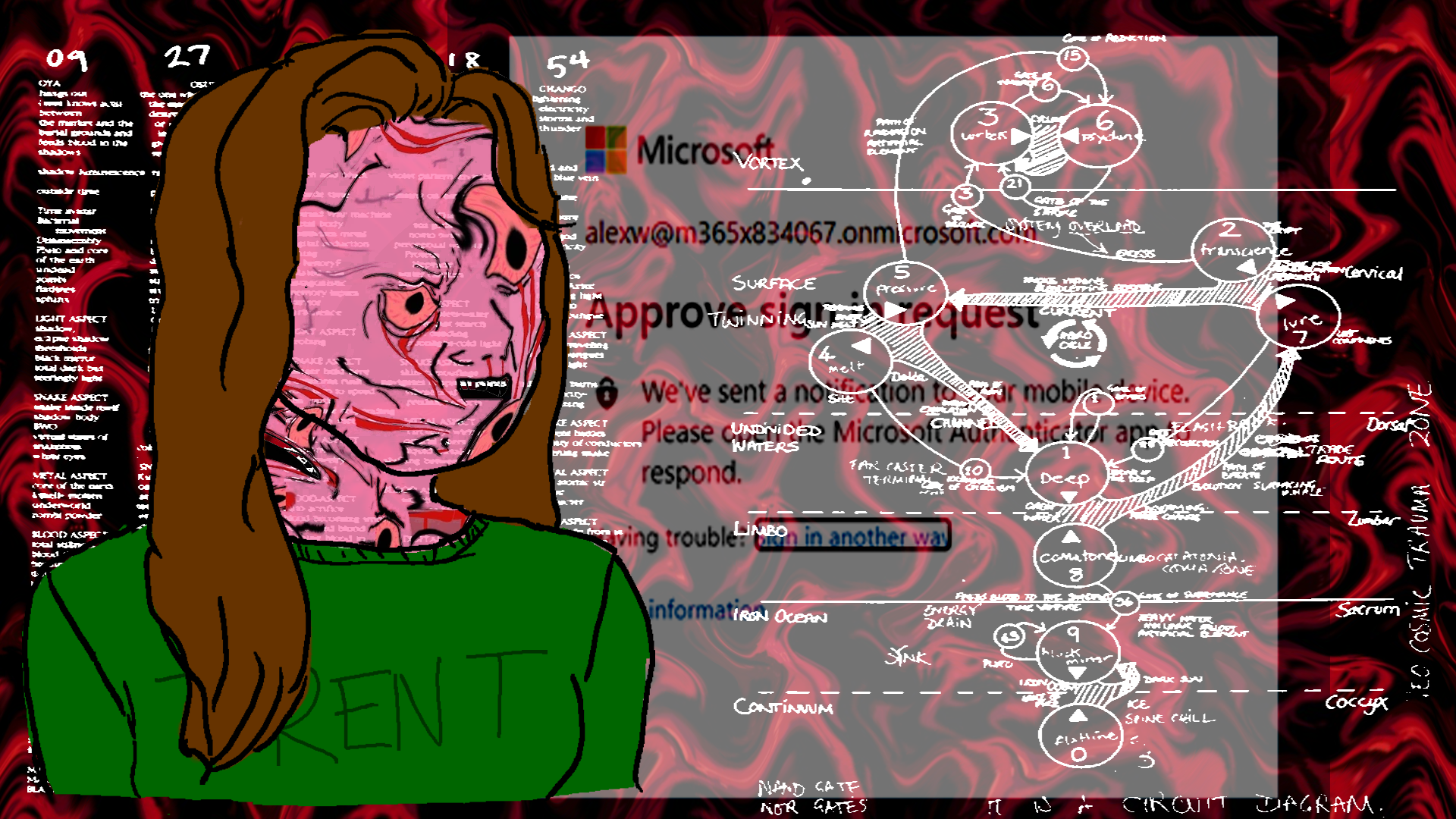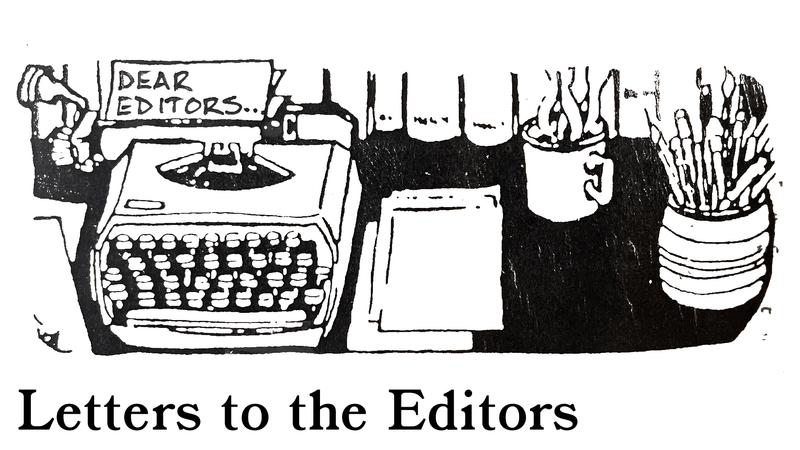As a 31-year-old mature student about to begin her undergraduate career as an Anthropology major at Trent University last fall, I was brimming with hope for the future. I was looking forward to a meeting of the minds with motivated and determined students, with new and innovative ideas. I believed I would find a large student body which was able to look beyond their own self-interest, narcissism, participation ribbons ways that have become the token trademarks of their generation and mine and work toward change. It should be no surprise that studies have shown that narcissism is on the rise in Canada’s youth, and that it has many negative side effects on society. The reality I have come to find at Trent reflects these findings.
While you do get some students and faculty who represent these values, most students I have encountered in my first year and many of the faculty are anything but. They are a faculty, including the graduate students who teach, that require that they be deified and worshipped by their students. Their egos are so frail that so much as holding a different theoretical view you pulled directly from the text can send them into tantrummy meltdowns.
As for the students, they are worse. If you even attempt to counter one of their fact-less based opinions with facts from peer reviewed journals in an actual debate in class, they throw a tantrum, screaming and yelling over the student who offered up a factual retort to an unsupported argument. Which is the purpose of a debate.
The reason this type of unproductive learning environment has been allowed to be cultivated, is what Trent University refers to as its ‘Safe Space’ police. An overly PC policy that is completely undefinable and often encroaches on the basic Canadian right to free speech. It is supposed to be used to make sure that everyone respects each other. What it is used for at Trent, as well as many other universities across the country, is to muzzle and silence any student or faculty who may question or criticize Trent, their curriculum or faculty. It also prevents factual retorts to biased, unsupported opinions of students or faculty who can’t handle being contradicted.
We are constantly told we need to develop a critical and analytical mind as university students, while simultaneously being criticized for questioning the status quo. When did the point of a higher education go from striving for knowledge and enlightenment, to don’t hurt the tantrummy teenagers’ feelings, after they just spewed extreme ignorance all over our beloved and respected academia? Is Trent a university that endorses ignoring and silencing inconvenient truths, or an educational institution that is not afraid to face the issues we are confronted with today? By silencing students who speak up about inconvenient truths with a counterproductive ‘safe space’ policy and rewarding extreme narcissism and tantrummy behaviour, we are failing the exact world we claim to want to care about.
Danielle Gill


.png)


.jpg)


.jpeg)



.jpg)

.jpg)







.png)